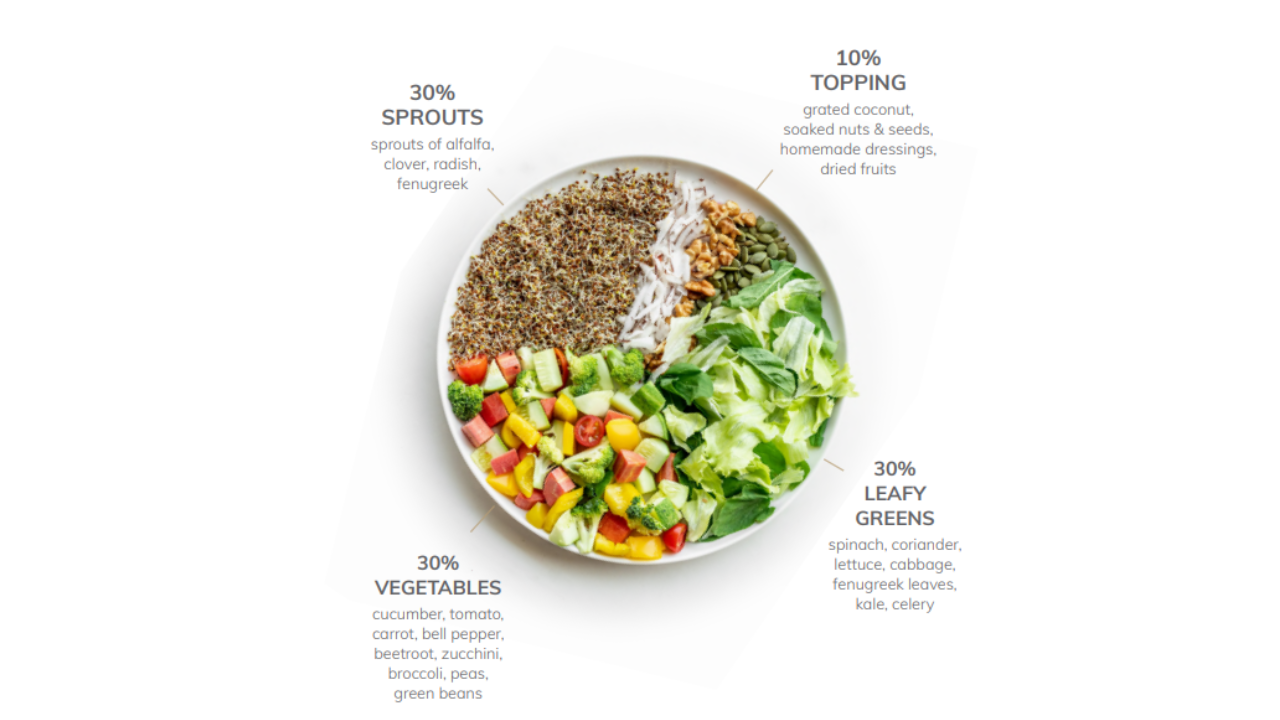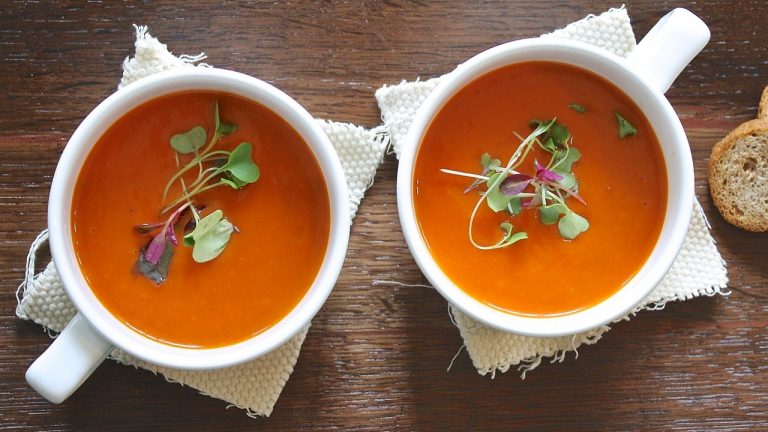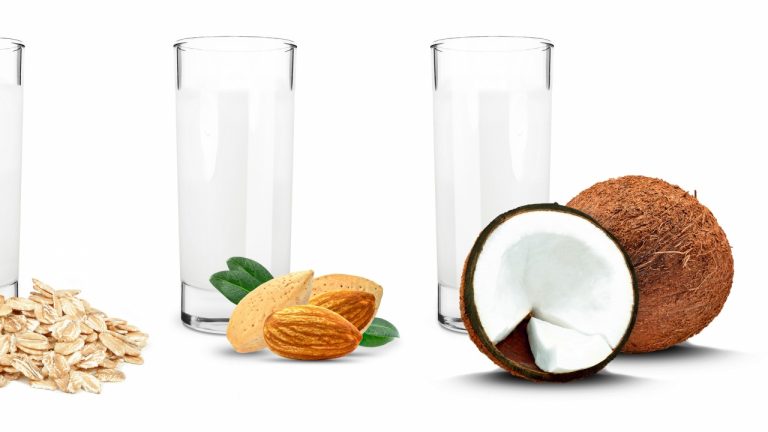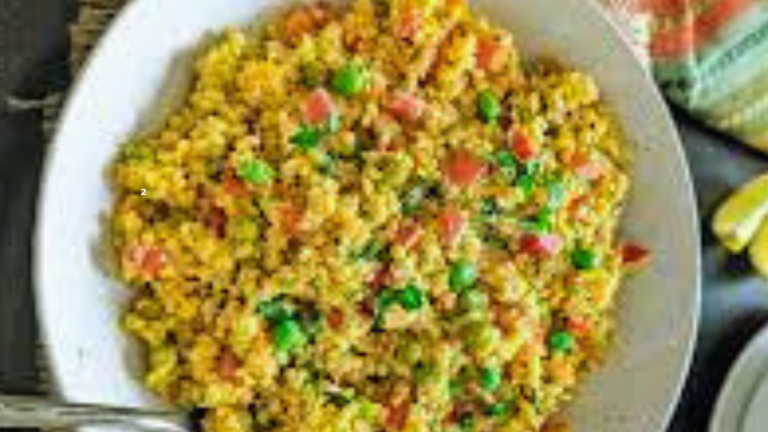Sprouting Success: Homegrown Sprouts Guide

What are sprouts?
When vegetable seeds, legumes, and grains are germinating, they are called sprouts. Sprouts are the very first shoots of various kinds of seeds.
Nutritionally, sprouts have a long history as a “health food.” They are 10 to 30 times more nutritious than the best vegetables because they are baby plants in their prime. At this stage of their growth, they have the greatest concentration of nutrients than at any other point in their life. They are able to release these nutrients into our bodies because of their delicate cell walls.
When you apply water to seeds, they come to life. By this natural process of germination, the vitamin, mineral, enzyme, phytonutrient and protein content of the seed skyrockets. This phenomenon is most pronounced during the first 12 days of
growth. This makes sprout a true “super food”. They are also biogenic and alive. Biogenic foods are foods that create new life when planted. Sprouts are alive and this life-force is transferred into your body when you consume them. Germination releases dormant vitamins, minerals, enzymes, that make them, on average, 10-30 times more nutritious than even the best raw, organically grown vegetables.
We have known people who cured themselves of diseases while eating a raw food diet rich in sprouted seeds. While sprouts are superior in nutrition, we suspect that part of the reason is that the digestive enzymes in sprouts leave the body’s reserves available for fighting disease instead of using all the energy up in the task of digesting cooked foods.
Why Sprouts?
• Nutrition: Sprouts are one of the most nutritious whole foods on the planet. This is high frequency, high-vibration living food that transfers it’s life-force energy to you.
• Cost Effective: Sprouted seeds multiply 3-15 times their weight. Grow organic food in your kitchen year round at a very minimal cost.
• Organic: No chemicals, herbicide, pesticide or fungicide. You can trust that it’s pure because you are the grower.
• Easy: Just add water. No special lights required. You can grow half a kilo only in 9 square inches of counter space in your kitchen.
• Freshness: Pick and eat the same day. No loss of nutrients.
• Versatility: There are more sprout varieties than foods on your supermarket shelves including alfalfa, clover, fenugreek, radish, moong, lentils, etc. Your salads will never be boring again!
• Environment Friendly: No airplanes or fuel consumed to deliver this food to you.
• Emergency Preparedness: Sprout seeds last a long time if tightly sealed and stored in a cool, dry environment.
What varieties of seeds can be grown as sprouts?
There are over 250,000 plant-species on the planet that can be eaten as sprouts. Listed below are 8 common varieties chosen primarily upon their availability, ease of growing and health value.
Leafy Sprouts – Easy to Digest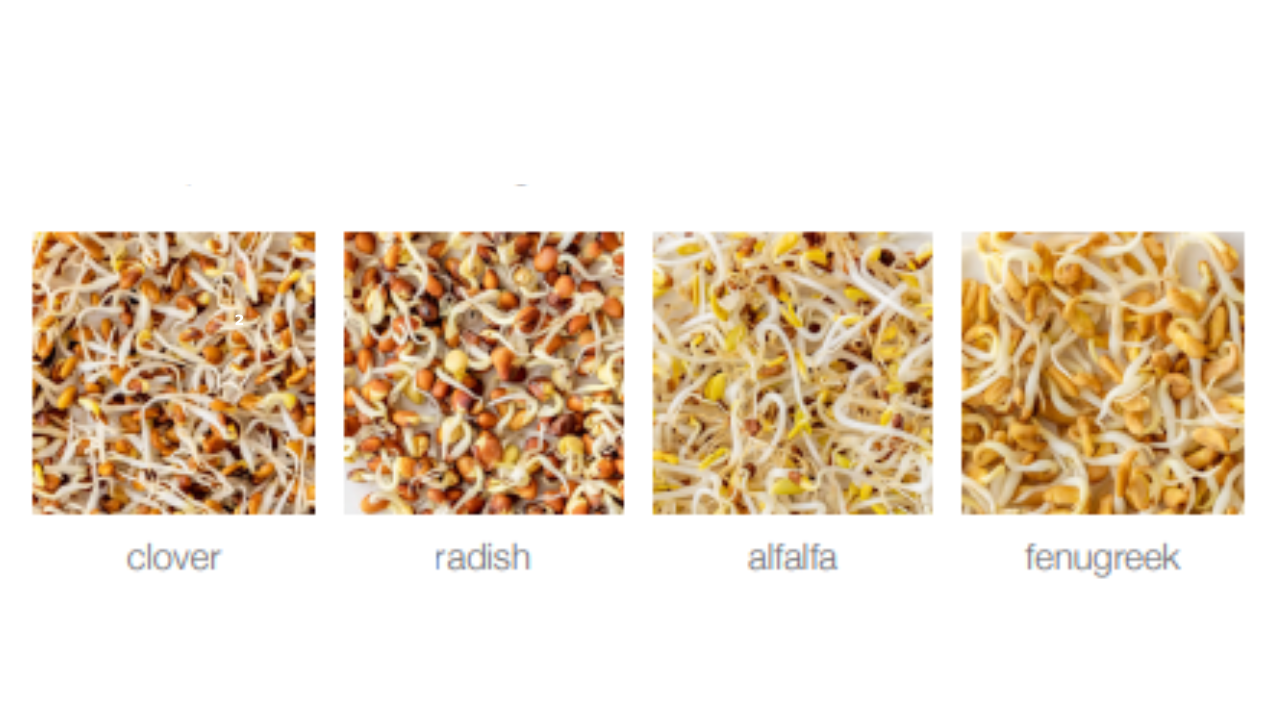
Suitable for everyone
Some of the following varieties might seem new to you. Leafy sprouts are much easier to digest than the sprouts of beans and grains.
Lentil & Bean Sprouts – Difficult to Digest
Suitable only for athletes, children and manual laborers
These are the varieties that we commonly recognize as sprouts. However, the sprouts of beans and lentils are difficult to digest. They are ideal for children, athletes and people who do long hours of physical work. But, they should be strictly avoided by those trying to cure a disease, lose weight or maintain health.
How do I grow sprouts?
Growing sprouts is easy. Just 6 simple steps!
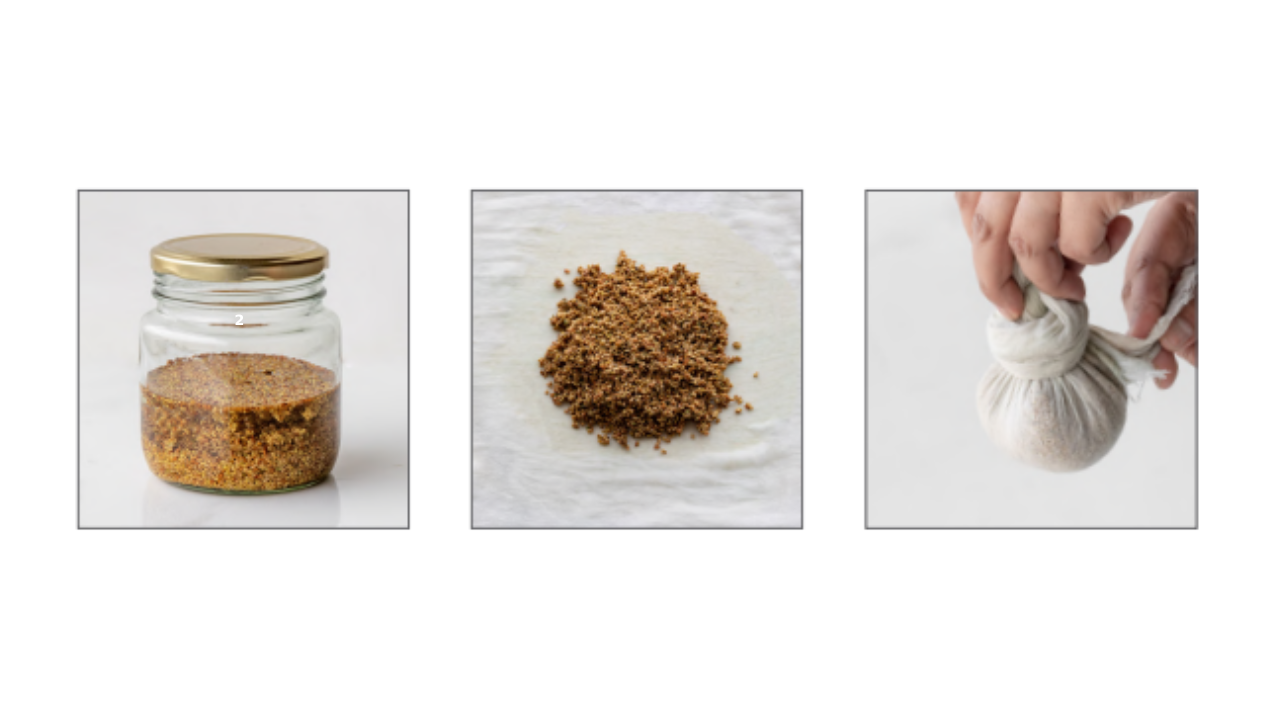
STEP 1 Rinse the seeds and place them in a glass container. Fill the container with filtered water to cover the seeds plus an inch. Let your seeds soak overnight.
STEP 2 The following morning, drain out the water from the container. Rinse one time and drain again. Put your seeds at the center of the cotton cloth.
STEP 3 Tie the cloth tightly so that the seeds are contained in a bundle.
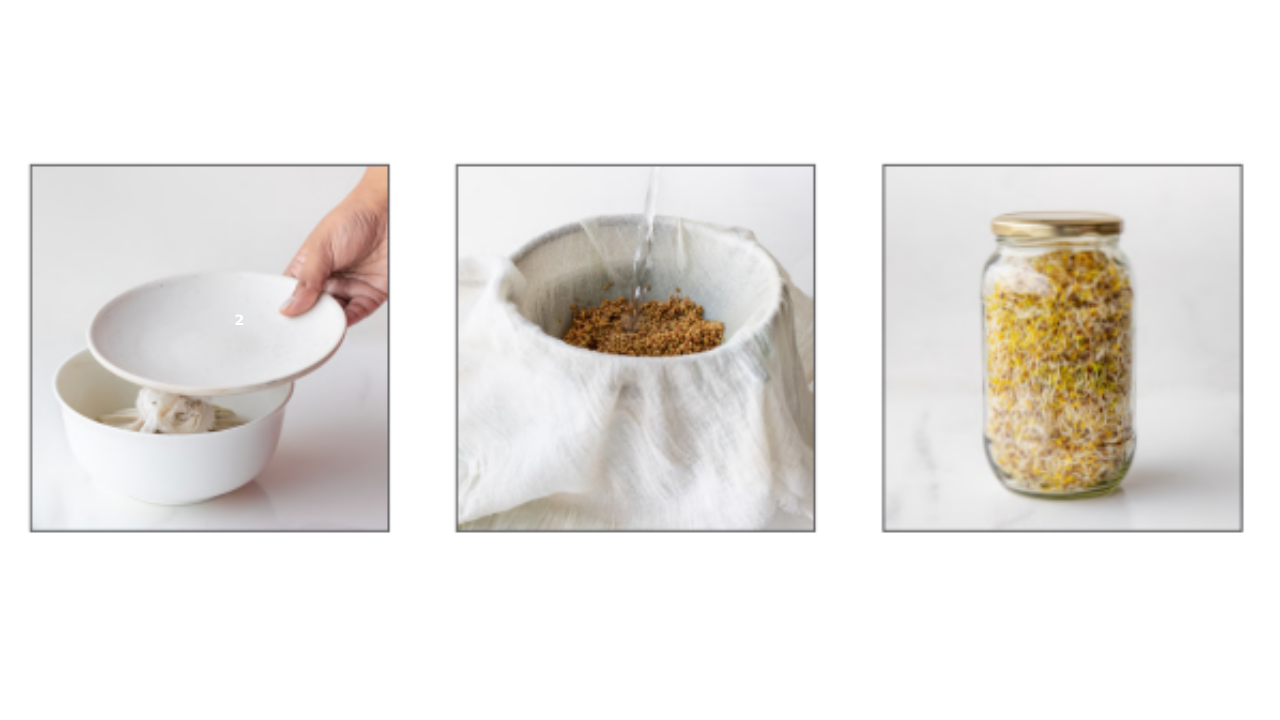
STEP 4 Place this bundle in a bowl and cover with plate. Make sure your cloth is not in direct sunlight.
STEP 5 Rinse the seeds with fresh filtered water twice a day, one in the morning and once in the evening, for 4-5 days.
STEP 6 At the end of the rinsing time, your sprouts will be long enough to eat. The sprouting time will vary from seed to seed. Allow them to dry completely before storing. They can be stored in a covered container in the refrigerator for up to 5-7 days.
Sprouting Quantity Chart
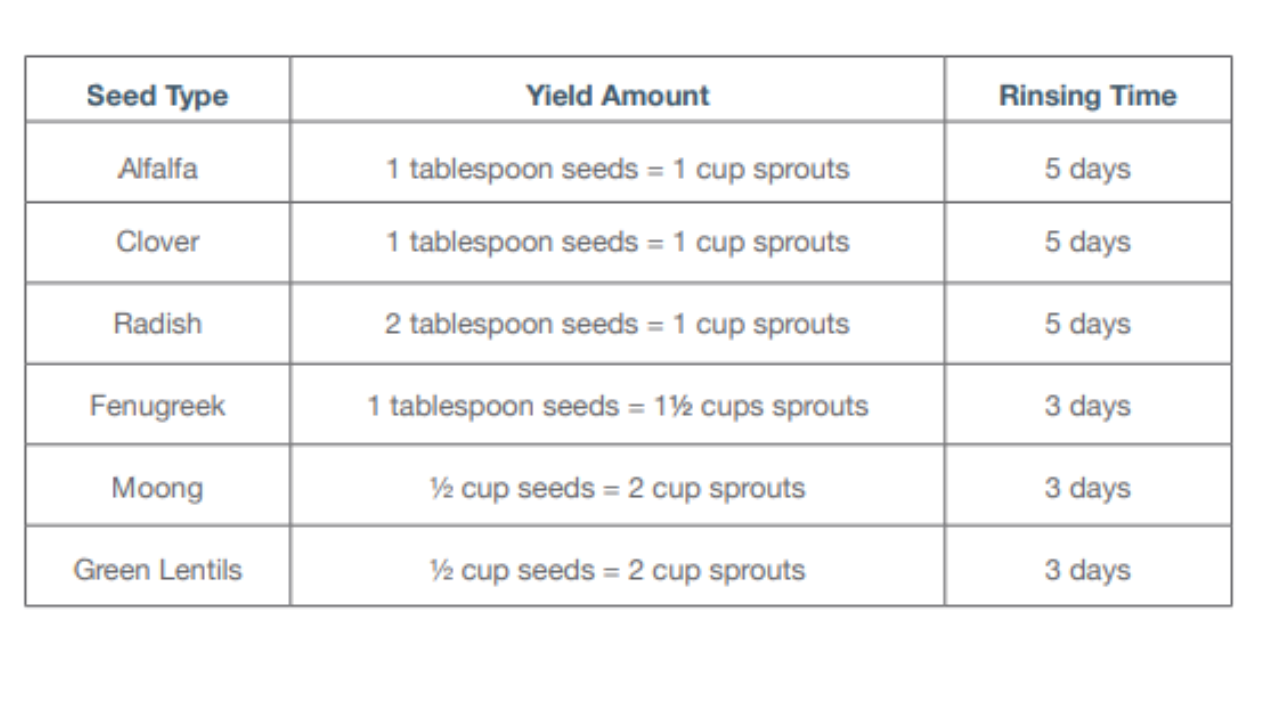
Sprouting FAQs
How can I use sprouts?
Add them to any salad or soup. You can even juice sprouts to make highly nutritious green drinks.
Where should I buy seeds?
You can either buy them from a nursery or order them online. There are many websites that sell organic sprouting seeds.
Where should I store my seeds?
Keep them cool and dry. Seeds are often sold in plastic bags, which is fine if you plan on using them in a few months. If you plan in keeping them longer than that, transfer them to dry glass containers with a tight sealing lid. Store in pantry at room temperature. If it gets too hot, keep them in the refrigerator if you have space.
What is the best place to grow sprouts?
Your kitchen counter. The temperature, humidity, lighting, and proximity to a water source makes your kitchen an ideal setting to grow your sprouts.
What is the best temperature?
Between 17-22 degrees C (65 and 75 degrees F).
How much light does it need?
Not much. You can keep them on your kitchen counter. You never want any direct sunlight hitting your sprouts, otherwise, they will get too hot, cook and die.
What kind of water should I use?
Filtered water at room temperature. Where should I store my sprouts? In the refrigerator in a covered container. Make sure they are completely dry before you store them. They should last for 5-7 days.
What if the sprouts develop mold?
Increase ventilation around your jars. A ceiling or tabletop fan on “low” somewhere in the room is ideal.
How to use sprouts?
Sprouts are great to use in salads because they instantly add crunchiness, flavor and nutrition to your meal. To make a fulfilling salad, use 30% sprouts, 30% vegetables, 30% leafy greens and 10% toppings, such as coconut, nuts, seeds, homemade dressings (for the sake of taste and texture).
